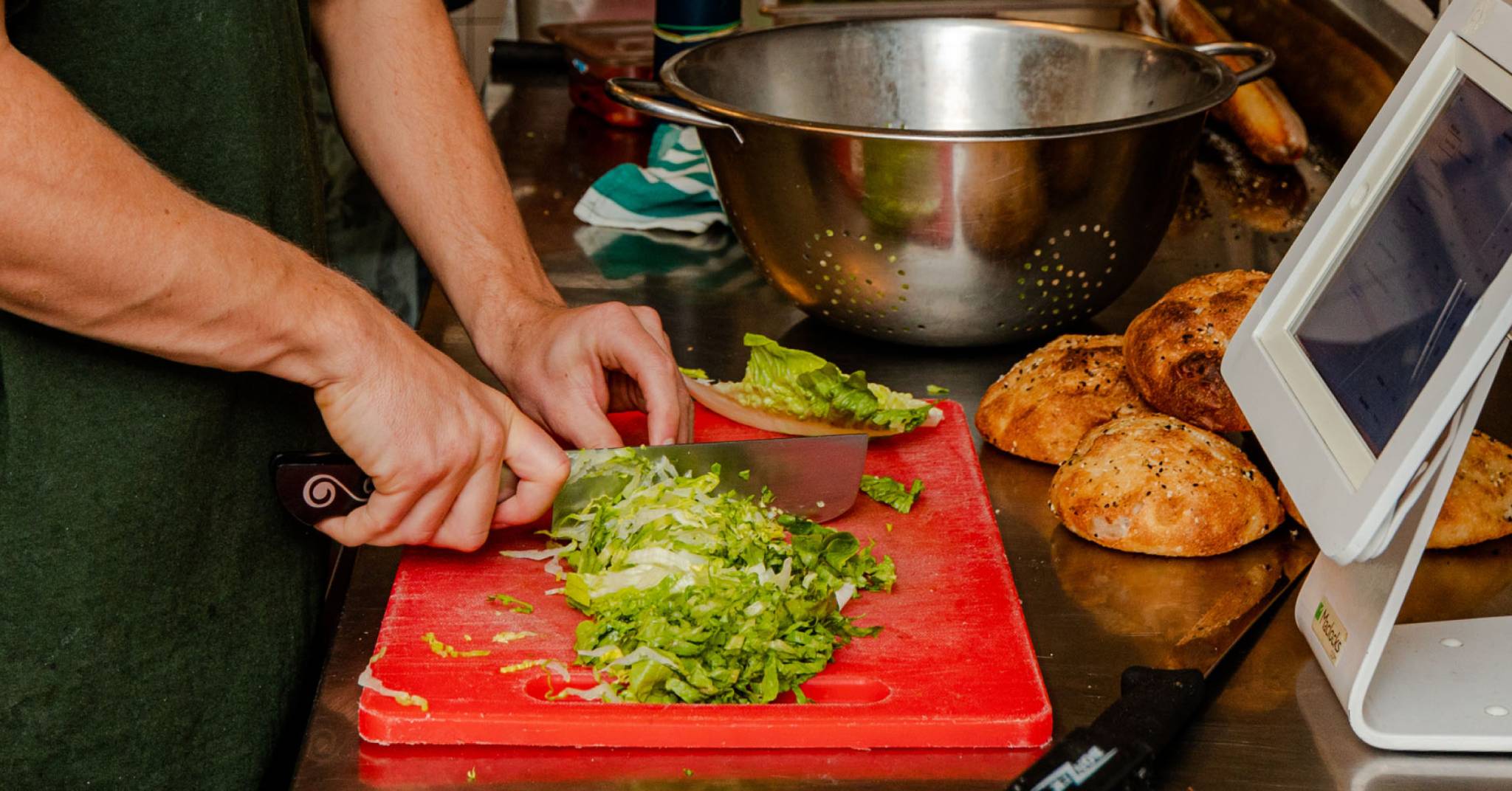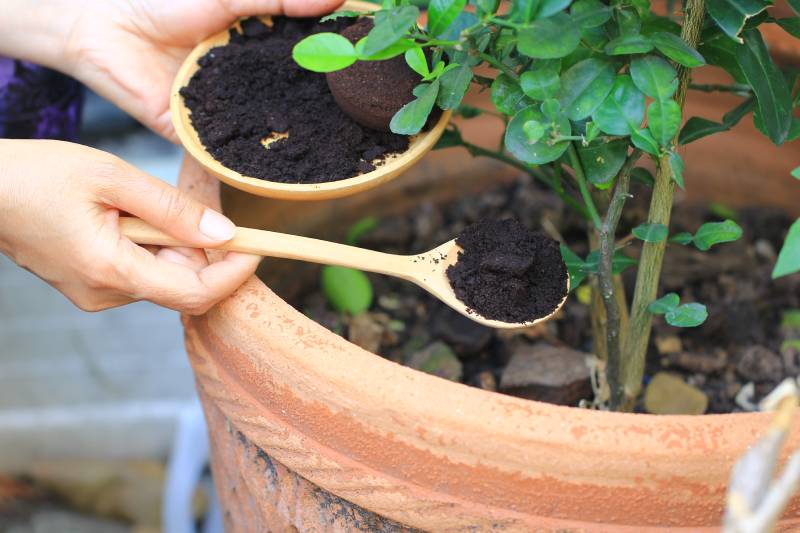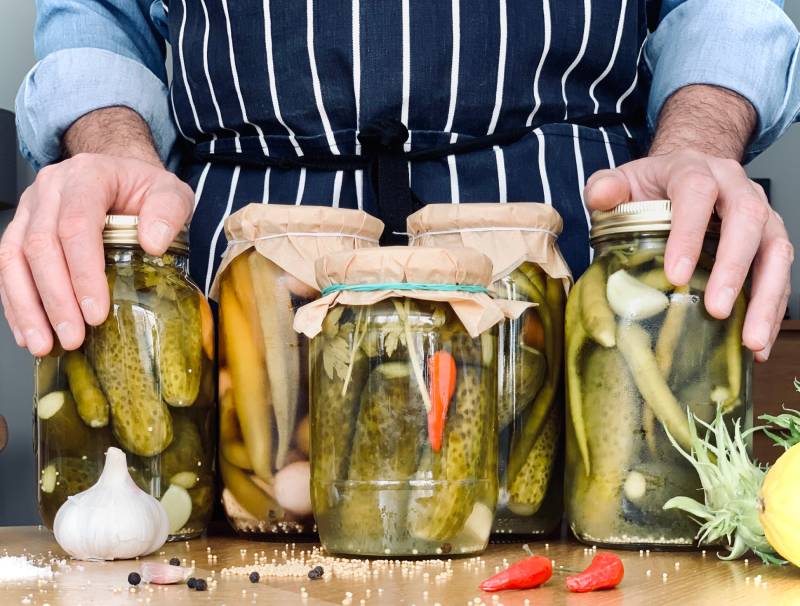
Not to sound like a broken record, but food waste is a big issue in Australia.
It’s a very serious reality, with around 7.6 million tonnes of food wasted each year, so I’ll keep saying it until it sinks in.
And the hospitality industry (along with food retail) is responsible for a third of this waste, putting us in a position to make a real difference if we could only do something to change our ways.
Well, I’m here to tell you that we can change, and it’s high time we do.
With a few tweaks to the way you approach food waste, you can dramatically cut down on your impact and (hopefully) reduce the overall amount of food wastage for good.
- Use ugly fruit & veg
- Reinvent leftover fruit skins & pulp
- Repurpose coffee grounds
- Reuse leftover milk
- Get in touch with companies like OzHarvest
- Explore local government schemes
- Dedicate staff to prep jams & pickles
- Revisit trading history
- Dedicate bins for food waste
- Use kitchen tools & appliances to reduce food waste
What is food waste?
Food waste refers to good quality food that is not consumed or discarded. Food wastage can occur throughout production, processing, distribution and consumption. Examples of food waste include plate waste (prepared food that is left uneaten), kitchen leftovers or food that has gone bad.
True beauty is on the inside
For most of us, when we picture a ripe piece of fruit or a top-tier bit of vegetable, we think of vibrant, perfectly contoured produce fit for a king, right?
And that’s normal—it’s what we’ve been brought up to think.
But for every supermodelesque carrot, there are ten more gnarled ‘Quasimodos’ waiting in the wings. And if we learned anything from the original Quasimodo, it’s that beauty and substance are only skin deep and that there’s a lot of good hidden beneath a hideous exterior.
And the same goes for fresh produce.
1. Use ugly fruit & veg
Whether they’re labelled as ‘2nds’, ‘imperfect’ or anything else that indicates they’re less than, these are still fresh produce, from the same fields as the rest of the crop, and you can bet that they’ll taste just as good.
Using this imperfect produce for your menu (especially things that require a more ‘devil may care’ plating) not only saves you money (ugliness is cheap), but it also saves so much food going to waste for the silly reason that it looks a bit weird.
Repurpose the normally wasted
Sometimes there will be wastage, no matter the extremes you’ve been through to ensure there isn’t.
For every glass of fresh orange juice squeezed, there’s a box full of skins and pulp. For every wedge of unforgivable pineapple on a pizza, there’s a chopping board littered with woody husks.
To the untrained eye, this is wastage, plain and simple. But a shift in perspective can reveal extra goodness to be squeezed from it.
2. Reinvent leftover fruit skins & pulp
Dump the leftover skins into some water with enough sugar to give your dentist goosebumps, boil it all down and strain it, and you’ve got yourself some homemade cordial. You can go even further, drying out the strained wastage and grinding it in a spice grinder. Now you’ve got a seasoning that’s unique to your kitchen.
3. Repurpose coffee grounds
Not only will not throwing out your grounds drastically reduce the weight (and overall disgustingness) of your bins, but it can serve the greater community too.
Empty your grounds into a bucket and invite people to help themselves for free to use in their gardens as fertiliser. It adds organic nutrients to the soil and improves both drainage and water retention. For any ‘Tyler Durdens’ amongst us, you can also add coffee grounds to homemade soap as an exfoliant.
For any ‘Tyler Durdens’ amongst us, you can also add coffee grounds to homemade soap as an exfoliant.
4. Reuse leftover milk
Keep any leftover milk from pouring perfect rosettas for use in baking, but be sure to use it the same day, or you’ll wander into cheesemaking territory; still a good use for leftover milk, but with a much finer margin for error.
Food wastage programs & schemes
Sometimes, no matter what you do, there’s always going to be some food that gets wasted. And whilst we can’t really do anything about the plates going back to the kitchen with half a meal still left on them, there are things you can do with any leftover items or ingredients that would otherwise see the inside of a garbage bag.
5. Get in touch with companies like OzHarvest.
If you’ve got food or ingredients that are fit for human consumption, they will actually come to you and pick it up, then deliver it to local food charities to feed people who can’t afford to feed themselves.
As somebody who has worked with them before, I can attest that it’s probably the most impactful, least effort way of cutting down on food wastage out there.
6. Explore local government schemes
Local government is also there to help with schemes aimed at cutting down on your business’s food waste and educating you and your team on how to make these reductions more permanent.
The NSW government has a food waste scheme centred around tracking your average food waste, training your team in a few ways they can reduce their wastage and then conducting a follow-up review to see if the changes have worked.
Adjust your ordering
Sometimes food can simply go bad before you’ve even had the chance to use it. Maybe trade wasn’t as busy as you anticipated, and the excess ingredients spoiled? Or maybe the trade was just too busy for you to get around making that jam in your down time, and the tray of strawberries has turned into a saccharine, fuzzy mush?
Whatever the reasons, over-ordering is a contributor to food wastage.
But there are ways to combat this.
7. Dedicate staff to prep jams & pickles
Firstly, if it’s an issue with time, consider rostering somebody whose sole task is to prep things like jams or pickles. Not only does making these things from scratch cost way less than ordering them in, but you can also sell them as part of your merch and make a healthy profit, at least enough to cover the cost of wages for the extra person making them.
Not only does making these things from scratch cost way less than ordering them in, but you can also sell them as part of your merch and make a healthy profit, at least enough to cover the cost of wages for the extra person making them.
8. Revisit trading history
As far as food wastage due to slow trade, it’s a good idea to look back on your trading history to see if any patterns emerge that indicate a certain time of year or event that brings about fewer customers.
Armed with this knowledge, you can adjust your ordering to only that which you need.
And remember, it’s better to sell out than to throw away. If a customer is disappointed to miss out on what you’re selling because there’s none left, they’re much more likely to return in the hopes of getting some next time than disappearing, scorned and vengeful with only your business’ downfall on their mind.
Restaurant Equipment to help combat your food waste
There are some kitchen items that will help massively on your journey to Food Waste Zero™, and here are some of them:
9. Dedicate bins for food waste
It’s a simple setup. Take 3 bins and label them:
- Spoilage
- In this bin goes any food that has expired or is damaged to a point where it’s become unfit for human consumption
- Prep
- This is where any scraps due to food prep goes
- Plate
- This should be next to the dishwasher and it’s where you scrape your plates after clearing a table
At the end of each day, weigh out how much is in each bin and track it for a few weeks to see the specific areas where your food wastage is coming from.
10. Use kitchen tools & appliances to reduce food waste
Investing in a couple of cheap tools or appliances can help you really harness the most potential out of your ingredients to ensure the absolute minimum of wastage.
- Dehydrator
- If you’ve got scraps or ingredients that you want to dry out and repurpose into something else, then a dehydrator is a great piece of kit for your kitchen. Dry out any offcuts or skins you might have to keep them from spoiling whilst you figure out what to do with them.
- Spice grinder
- Almost the sister-piece to a dehydrator, you can take your dried skins and offcuts, blend them up as fine or as coarse as you like, and make your own seasonings. Dried fruit skins are great for sprinkling on desserts, whilst you can really boost the umami in a savoury dish with a little dried mushroom powder.
- Jars & bottles
- Collect and save any glass jars or bottles and use them to preserve or pickle. They already come with a sealable lid, and because they’re clear, you can check on the progress of any ferments you might undertake.
Congratulations food wastage master
As I said earlier, our industry is responsible for a third of all food wastage in Australia, but we’re still on the right side of the point of no return, so there’s still time to enact some real change.
The tools and resources are out there, but it’s up to all of us to take the plunge and start doing something about it.
Not only is it good for the environment, it’s also good for your bottom line.
And who knows? You might even see a more interesting, innovative menu as a result.

News you care about. Tips you can use.
Everything your business needs to grow, delivered straight to your inbox.


